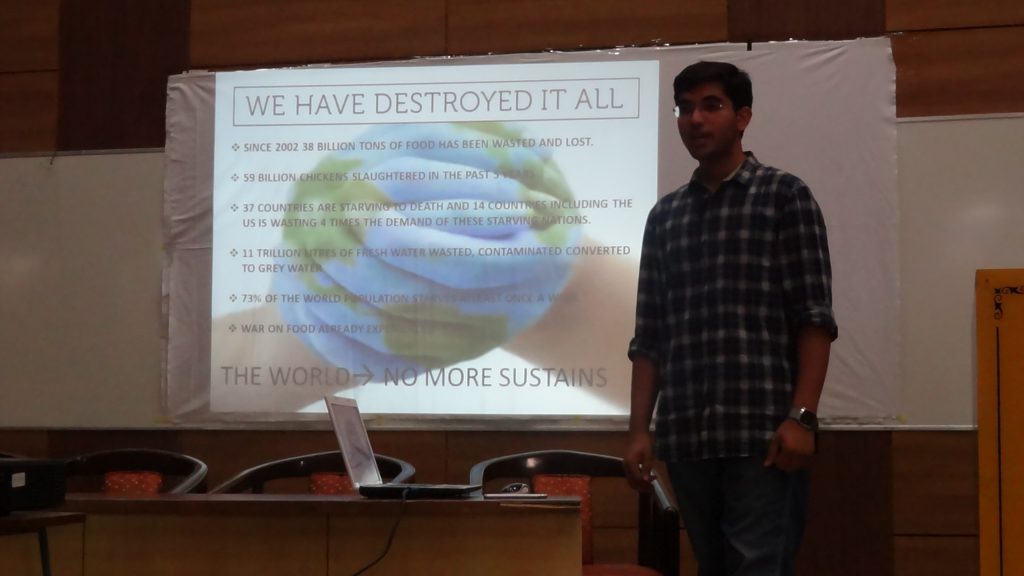Solar panel degradation is a big issue, and one of the problems with it is that it can be a bit nebulous to measure, especially if you’re off-site. An Indian university may have some answers with regards to measuring this in a cost and time effective method.
Solar Panel Degradation | Alternatives to on-site inspection.
Parveen Bhola is a research scholar at India’s Thapar Institute of Engineering and Technology. Alongside Saurabh Bhardwaj, an associate professor at Thapar, the pair have developed and optimised statistical and machine learning-based alternatives to enable real-time on or off-site inspection of solar panels to measure the solar panel degradation. This is achieved throughout the usage of clustering-based computation – utilising historical meteorological data to compete performance ratios and solar panel degradation. Factors such as temperature, pressure, wind speed, solar power created, sunshine hours, humidity and historical performance are all utilised to come up with a measurement of the panels’ effectiveness.
“The majority of the techniques available calculate the degradation of PV (photovoltaic) systems by physical inspection on site. This process is time-consuming, costly, and cannot be used for the real-time analysis of degradation,” Bhola said in a quote posted on TechXplore. “The proposed model estimates the degradation in terms of performance ratio in real time.”
As solar panel technology increases, it’s important that our tools for troubleshooting and optimising their output be improved commensurately; this is a great step for all solar system holders, but especially those in rural areas where having someone come on site is cost and time prohibitive. With this new technique it’s likely that troubleshooting will be more efficient and perhaps even point out problems before they occur.

The article, “Clustering-based computation of degradation rate for photovoltaic systems,” can be found in the Journal of Renewable and Sustainable Energy Tuesday, Jan. 8, 2018 (DOI: 10.1063/1.5042688). You can also find it online: https:/


